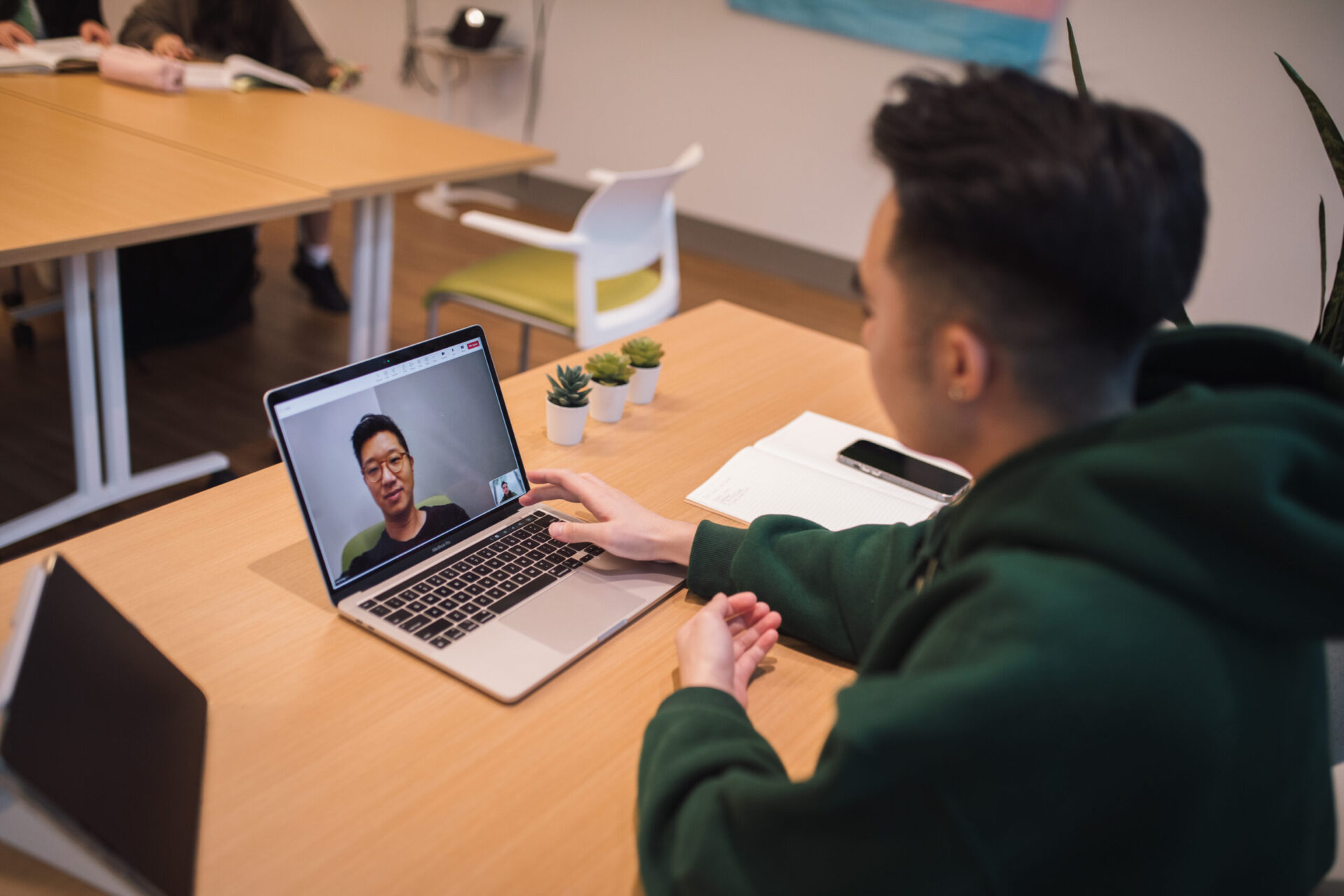Your body most likely gives you signals to help you know when you feel hungry and when you feel full. Some common hunger signals include stomach growling/rumbling, feeling a bit light-headed and moodiness. Some common signals that you are full include a lack of hunger signals, feeling a fullness in your stomach or less desire to consume food. Listening to these signals can help you better connect with your body and what it needs. Many things can affect whether you feel hungry or full, which can include:
- Noticing your body’s hunger and fullness signals
- The sight, smell and availability of food
- Your emotional state, mood and feelings, such as:
- Stress
- Fatigue
- Boredom
- Sadness
- Anger
Eating while you do something else like watching television, working or running late can distract you from your body’s hunger and fullness signals. When possible, try to slow down and enjoy your food. Mindful eating will help you notice your body’s signals, which can allow you to better understand how you are feeling and what you need.
Use these ideas to recognize hunger and fullness:
- Ask yourself if you are hungry or if there is another need that is not being met (for example: feeling sad; wanting to be comforted)
- Remember that your emotional state, mood and feelings can affect your food and eating choices
- Pay attention to feelings of fullness to help you know when you have had enough food to eat
- Notice where and when you are eating – remember that you may be eating because food is available, not because you are hungry
Getting into the habit of listening to your body takes time, and its okay if you don’t eat mindfully every meal. For example, people often gather around food and enjoy it with others during holidays and celebrations. During these gatherings, you may eat more than what would feel good, or eat when you’re not hungry.
Over time, you’ll learn more about your own hunger and fullness signals and build eating habits that feel good for you and your body. If you’re having a hard time managing your signals, like often eating past the feeling of fullness, or eating and still feeling hungry, reach out for support to explore what might be going on.





